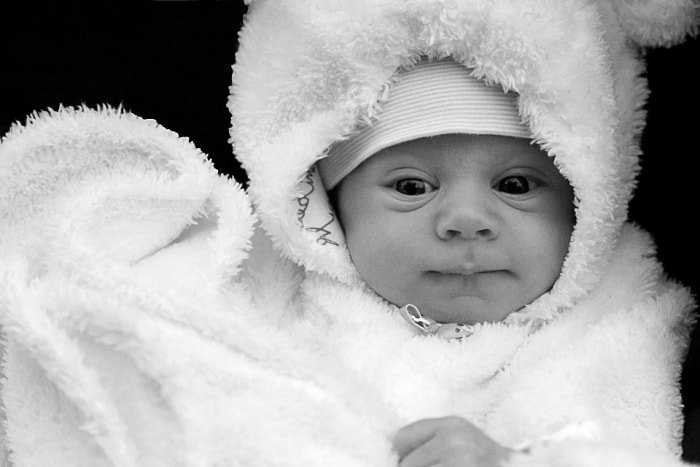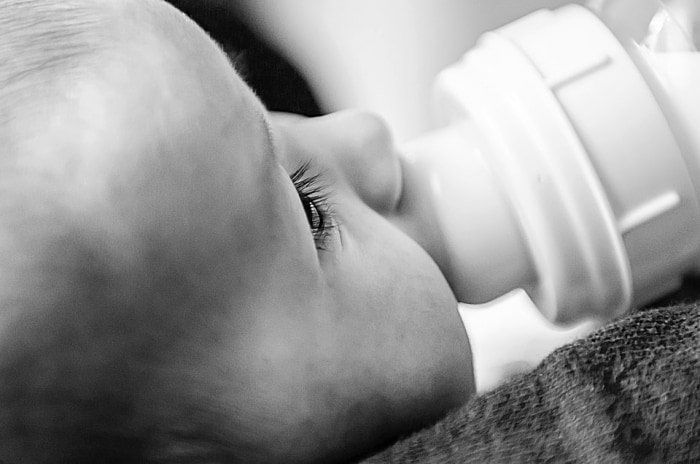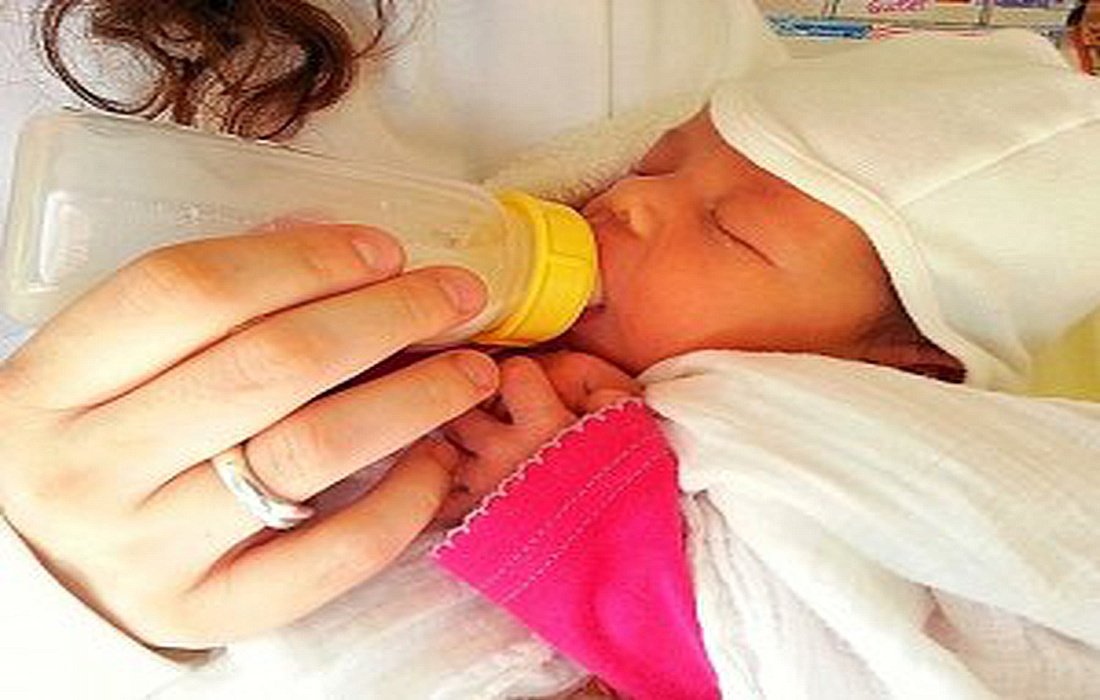Frequency of Breastfeeding in Infants
The breastfeeding pattern in infants varies. Some babies breastfeed when they are hungry, while others may nurse continuously without being hungry. Infants have a stomach the size of awalnut.Therefore, whenever the baby cries at this age, it is easier to just feed them.
Many infants do not consume a full feeding as mothers expect but rather want to breastfeed frequently. This frequent breastfeeding can sometimes be unexplained, but at times it has significant reasons that we will cover.on SelMagz.We will address that here.
To know when to breastfeed your baby, pay attention to the signs of hunger.

Why is the baby breastfeeding frequently?What is the cause?
Early signs of hunger:
- The baby turns its head towards the mother’s voice and opens its mouth.
- The baby tastes clothing or bedding and moves its tongue.
- The baby moves its hands in irregular motions.
- The baby brings its hands to its mouth.
- If these signs are ignored, the baby’s movements will intensify.
- The baby starts to cry and fuss.

Frequent breastfeeding in infants and their hunger
Delayed signs of hunger in infants
- The baby furrows its brow and forehead.
- It opens its mouth wide and withfrustration.It turns its head from side to side and bends its arms and moves its legs in a pedaling motion.
- It searches for milk with its clenched hands.
- The baby begins to cry.

Frequent breastfeeding in infants and signs of hunger
Frequency of Feeding for Newborns
Usually, newborns are so sleepy in the first 24 hours of life that they don’t feed much. However, in their first month, they typically need 74 to 89 milliliters of breast milk per feeding, about eight to twelve times a day, totaling 591 to 710 milliliters in 24 hours.
This frequency can seem high, raising concerns that they might not be getting enough milk with each feeding. However, do not worry; your baby’s stomach is small and needs frequent feedings. Remember that this is just a general guideline, and if your baby is still hungry, don’t hesitate to offer breast milk again.

Frequent breastfeeding in newborns and its frequency
Infant’s Milk Needs Up to Six Months
For two- and three-month-old infants, breastfeeding eight or nine times a day is sufficient. By the fourth month, infants need to breastfeed more often, but due to their distractions, the duration of each feed tends to be shorter.
After the fourth month, the frequency of breastfeeding decreases, and by six months, a baby usually breastfeeds about five or six times in 24 hours. However, if the baby starts solid foods before six months, their milk intake may reduce.Frequent breastfeeding in infants before the age of six monthsBaby’s Milk Needs at Each Feeding

It’s easy to overfeed. A baby breastfeeding from the mother may take very little or just enough breast milk to quench their thirst, while a formula-fed baby might drink much more than needed due to the faster flow from a bottle, making it hard for the baby to stop.
Frequent breastfeeding in each feeding
Child’s Milk Needs After One YearAfter the child’s first birthday, consult with a pediatrician about introducing a small amount of cow’s milk in addition to breast milk, using a baby bottle or sippy cup. However, avoid overdoing cow’s milk, as it may reduce the child’s appetite. Excessive cow’s milk can lead toanemiaandiron deficiency

in children. After the first year, typically 473 to 710 milliliters of milk per day is suitable for children.
It is advisable for the child to continue breastfeeding until the age of two, as it provides valuable calories,
antibodies,vitamins, and enzymes.Frequent breastfeeding in infants after one yearHow and When To Feed an InfantCategory One: Infants who latch onto the mother’s breast quickly and after taking what they need, let go, which can sometimes irritate the mother’s nipples.
Category Two: Infants who excitedly approach the mother’s breast but let go before latching on and start crying. At this point, you should hold and soothe the infant before offering the breast.Category Three: Infants who avoid sucking for a few days but then breastfeed easily once milk flow starts. These infants should be fed with patience and at close intervals to help them learn to breastfeed.Another group: Infants who first taste the milk and then latch on to suck. Do not rush or force these infants to latch, as they may cry and resist latching.

Category Four: Infants who suckle slowly and take breaks during feeding.
Frequent breastfeeding in infants and their quirks
Important Reasons for Frequent Infant Breastfeeding
Frequent breastfeeding during the day may be due to early fatigue, which can be a sign of congenital heart disease. Congenital heart disease is common in children, with ventricular septal defects and atrial septal defects being the most frequent issues in newborns.
Minor heart defects can delay the onset of symptoms until adulthood. In adolescence, small ventricular defects without clinical symptoms can be treated.
An atrial septal defect without pressure difference on both sides will remain asymptomatic and may not be diagnosed until adulthood; however, a ventricular defect with significant pressure difference will show symptoms more quickly.
Breastfeeding an Infant

The Reason for Frequent Infant Breastfeeding
The Baby’s Fussing
Early Signs of Infant Hunger
The Baby’s Restlessness
Signs of Infant Hunger







